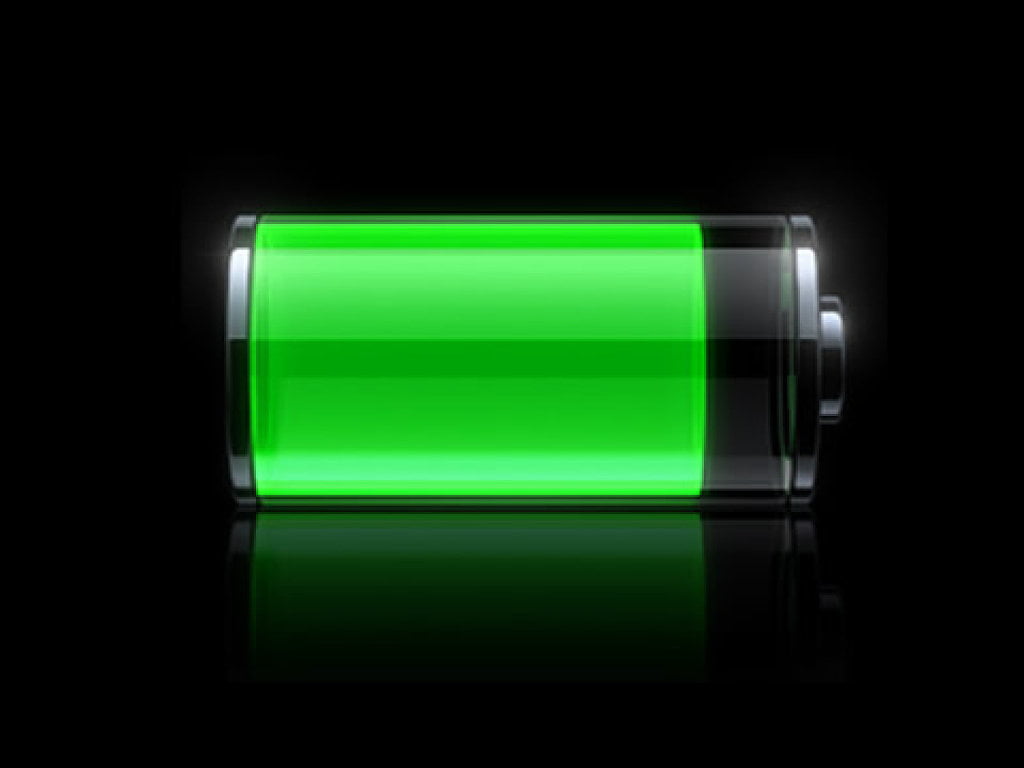What if the display and battery power of our smartphones, computers and televisions could be powered entirely by organic material? And what if that material could charge your phone in 30 seconds? No, this isn’t some eco-friendly geek’s fantasy, but the stated purpose of StoreDot’s breakthrough bio-organic Nanodot technology, using nature’s own engineering to improve our modern day devices.
Related articles
- Robots Are What Makes This Israeli Solar Farm Super-Efficient
- Israeli Startup Develops Wireless Mobile Chargers Using Infrared Light
According to StoreDot, their technology “will change the rules of mobile device capabilities,” due to their optical, charge and piezoelectric (charge under strain) properties, a statement which has already borne fruit as the company recently revealed a Nanodot battery capable of fully charging a mobile device in 30 seconds.
[youtuber youtube=’http://www.youtube.com/watch?v=9DhJZAhjbcI’]
StoreDot says its product is particularly significant as the quantum dots that power the rechargeable batteries in many of our electronic devices are presently made from a dangerous and toxic metal called cadmium selenide, so the bio-organic Nanodots appear to be a safer alternative.
Efficient power consumption
The extraordinary power capabilities of the Nanodot (a nano-crystal about two nanometers in diameter which is made up of bio-organic peptide protein molecules) were first noted by Professor Gil Rosenman in a study in “Nature, News & Views.” Upon reading the study, StoreDot’s CTO and co-founder Professor Simon Litsyn enlisted Rosenman as the chief scientist for the startup following the latter’s discovery that the bio-organic peptides could be made to self-assemble into quantum dots, or nanocrystals—what StoreDot has termed Nanodots.
One of the ways that Nanodots are set to revolutionize technology is through their ability to efficiently consume power. The StoreDot team set out to tackle the power-sucking display on our smartphones. Once they were able to hone down the manufacturing process, which is the same for OLEDs (organic light-emitting diodes) that are already found in many smartphones and televisions, StoreDot was able to present their Nanodots as a more cost-efficient and power-saving option for creating advanced and rich color displays.
The capabilities of the Nanodot are not limited to the creation of cheaper display mechanisms; the StoreDot teams has used its technology to create stronger and faster-charging batteries, what CEO Dr. Doron Myersdor calls a “next generation battery.”
Sign up for our free weekly newsletter
SubscribeAt the recent Microsoft ThinkNext event in Tel Aviv, StoreDot exhibited a working prototype of its cutting-edge Nanodot battery, which charges mobile devices in just 30 seconds! And by replacing the regular electrolyte-powered battery with a battery powered by organic quantum dots, a standard battery cell saw a five-fold charge increase, according to tests performed by Rosenman, meaning it could last much longer than the conventional mobile battery.
Using Alzheimer’s to improve memory
But that’s not all when it comes to the power of Nanodots. StoreDot was able to use the FF amino acid, responsible for the development of Alzheimer’s disease, to improve the speed of data storage when combined with Nanodots. StoreDot’s scientists discovered that the amino acid which usually harms human memory can actually be modified to strengthen the memory capabilities in some systems, making the systems work three times faster than if the current floating gate technology were used.
A phone on the market within three years
StoreDot was founded in 2012, based on the personal contributions of the startup’s three founders: CEO Dr. Doron Myersdorf, Listyn and Rosenman. However, after their first prototype was launched, the company was able to catch the eye of the scientific and technology communities in Israel and the world, earning funding from a variety of outlets for their ingenious sustainable and breakthrough solution for the technology of the future.
Myersdorf tells NoCamels that their biggest challenge in marketing the product is the inability to see the nanodots with the naked eye, paired with the complex scientific explanation for their creation. However, the Nanodot technology is relatively cheap to manufacture since it is made of natural materials and assembled completely on its own. The Nanodots themselves can be made from a variety of raw bio-organic materials, which is what will make the technology they power more cost-efficient and environmentally friendly.
StoreDot anticipates that a mobile phone based on its technology will be ready for sale in the next two to three years, based on the assumption that the presentation of its incredible battery will attract enthusiastic investors.
Photo: twicepix
Related posts

Editors’ & Readers’ Choice: 10 Favorite NoCamels Articles

Forward Facing: What Does The Future Hold For Israeli High-Tech?

Impact Innovation: Israeli Startups That Could Shape Our Future





Facebook comments